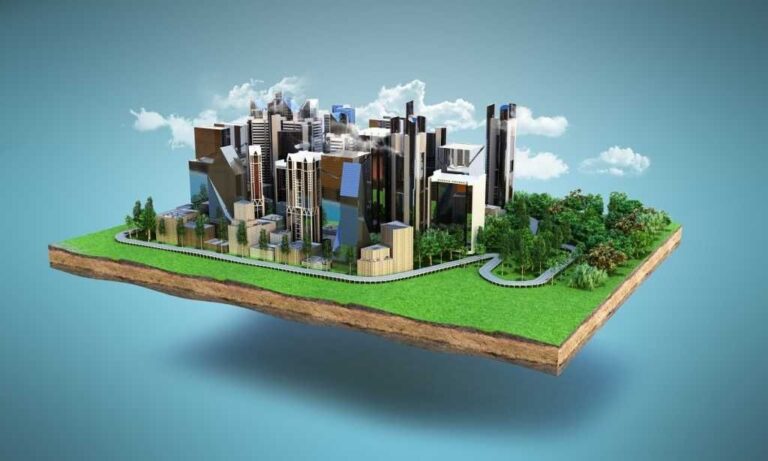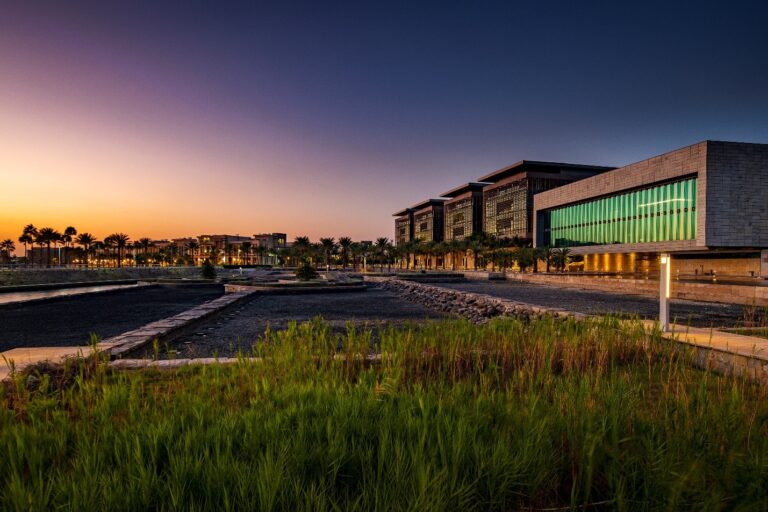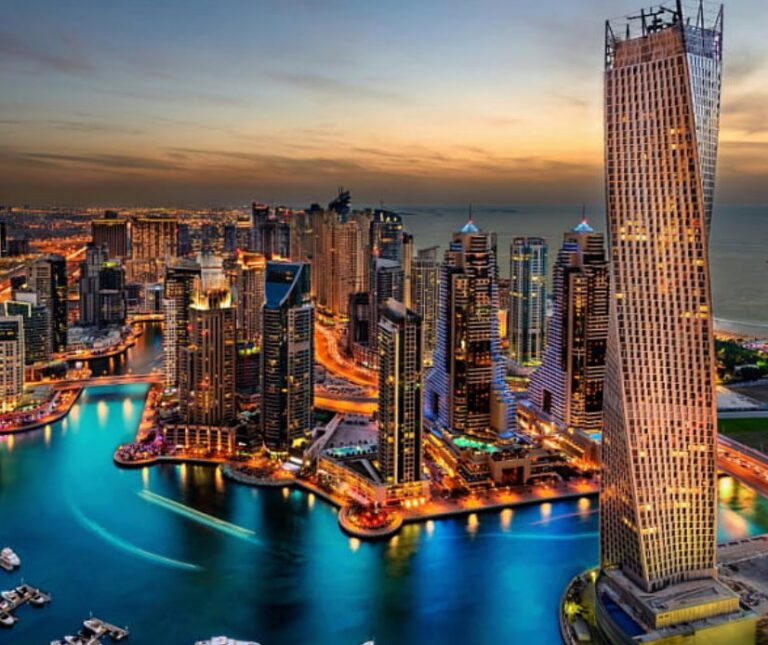Exploring Sustainable and Green Building Practices
In today’s world, where the impacts of climate change and environmental concerns loom ever larger, sustainable and green building practices have emerged as the bedrock of the construction industry. Architects, engineers, and builders now recognize the pivotal role that buildings play in contributing to carbon emissions and excessive energy consumption. In response, they are steering their creative energies towards ingenious methods and eco-friendly materials to craft structures that not only stand as beacons of environmental responsibility but also as economically viable models for the future. In this blog, we embark on a comprehensive exploration of sustainable building practices, diving deep into the multifaceted facets that underpin their importance in shaping our world.
The Bedrock of Sustainable Building Practices
At the core of sustainable building practices is a steadfast commitment to mitigate the environmental footprint of construction and ensure the enduring efficiency and functionality of the structures. Let’s dissect the key elements:
Green Building Techniques:
The realm of green building encompasses a myriad of techniques meticulously engineered to curtail resource depletion and waste generation. From the incorporation of energy-efficient insulation to the ingenious design of rainwater harvesting systems, these techniques harmonize structures with the natural environment.
Eco-Friendly Construction Methods:
The journey towards sustainable construction kicks off with eco-friendly methodologies that prioritize judicious resource utilization. It encompasses the judicious use of recycled or reclaimed materials, the reduction of construction waste, and the implementation of streamlined building processes.
Sustainable Architecture:
Sustainable architecture delves into the environmental implications of a building’s design. Architects, in their quest, seek to sculpt structures that intricately optimize natural illumination, ventilation, and temperature control. The objective is to curtail reliance on artificial heating and cooling systems.
Energy-Efficient Construction:
Energy efficiency stands tall as one of the pivotal tenets of sustainable building practices. This involves the conception and realization of buildings that demand minimal energy for heating, cooling, and day-to-day operations. The toolbox for achieving this feat includes energy-efficient windows, the integration of solar panels, and the application of cutting-edge insulation techniques.
Green Construction Materials:
Sustainable construction materials are cherry-picked for their trifecta of attributes: low environmental impact, sturdiness, and durability. Often, these materials are locally sourced to curtail carbon emissions arising from transportation. They can encompass the use of recycled steel, reclaimed timber, paints, and finishes with low volatile organic compounds (VOCs).
Low-Carbon Footprint Buildings:
Buildings aiming for a low-carbon footprint set their sights on minimizing greenhouse gas emissions over their entire lifecycle. This commitment transcends energy-efficient operations and extends to considerations about how to dismantle and recycle a structure when it reaches the end of its useful life.
Sustainable Design Principles:
Sustainable design principles weave into the fabric of building plans, embracing strategies such as passive solar design. This innovative approach harnesses the natural bounty of sunlight and heat to diminish energy consumption. Furthermore, these principles contemplate building orientation, layout, and landscaping to harness nature’s gifts for maximum efficiency.
Certifications and the Innovation Imperative
The validation and encouragement of sustainable building practices come through certifications conferred by esteemed bodies such as LEED (Leadership in Energy and Environmental Design) or BREEAM (Building Research Establishment Environmental Assessment Method). These certifications not only set a bar for sustainability but also spur an unending journey of advancement in construction methodologies.
Innovations, in tandem with certifications, infuse vitality into the realm of sustainable construction. These innovations span a spectrum, encompassing smart building technologies that finesse energy usage, advanced materials sporting improved insulating properties, and the seamless integration of renewable energy sources like wind and solar power.
Navigating the Labyrinth of Sustainable Building Codes and Regulations
Governments and local authorities emerge as catalysts in the promotion of sustainable construction through the establishment of building codes and regulations. These codes mandate minimum standards in terms of energy efficiency, water conservation, and environmental impact, casting a net that ensnares new construction projects and steers them toward sustainable objectives.
The Urban Tapestry: Sustainable Urban Planning and Infrastructure
The purview of sustainable building practices extends beyond the confines of individual structures to embrace entire urban landscapes. Sustainable urban planning pivots on the creation of pedestrian-friendly communities, the development of efficient public transportation networks, and the nurturing of green havens within urban jungles. Its mission? To whittle down the environmental toll of urbanization while concurrently elevating the quality of life for urban denizens.
Realizing Sustainable Dreams: Case Studies That Inspire
To truly fathom the potency of sustainable building practices, one must peer into real-world instances where these ideals materialize:
The Edge, Amsterdam:
This architectural gem often wears the crown of the world’s greenest office building. Its arsenal includes avant-garde technologies like a smartphone app enabling employees to regulate lighting and temperature at their workstations. Notably, the solar panels adorning its roof generate more electricity than the building’s voracious appetite.
One Angel Square, Manchester:
Situated in the UK, this building basks in the glory of a BREEAM ‘Outstanding’ rating. Its accolades spring from features like rainwater harvesting, the presence of a combined heat and power plant, and an abundance of natural light pouring in through its windows. A testament to energy-efficient office spaces.
Bullitt Center, Seattle:
This six-story marvel is designed to don the mantle of a “living building,” where energy generation outstrips consumption. It embraces innovations such as composting toilets, rainwater collection systems, and the extensive employment of natural materials – a holistic ode to sustainability.
Conclusion:
Sustainable and green building practices are not transient fads but indispensable requisites in our contemporary world. They map a trajectory towards the diminishment of our carbon footprint, the safeguarding of precious resources, and the creation of healthier, more comfortable habitats for both work and life. As we continue to probe and adopt inventive techniques and materials, we inch closer to a future where sustainability becomes the linchpin of our built environment, fostering a greener and more sustainable planet for generations yet unborn.
FAQs
Q1. What do sustainable building practices entail, and why do they hold significance?
A1.Sustainable building practices refer to the utilization of construction techniques and design principles that prioritize environmental responsibility, resource efficiency, and the enduring functionality of structures. Their significance lies in their capacity to mitigate carbon emissions, preserve valuable resources, and craft buildings that are not only energy-efficient but also conducive to human well-being, all contributing to a more sustainable future.
Q2. Could you share some prevalent techniques associated with green building?
A2. Green building techniques encompass a broad spectrum of strategies, embracing elements such as energy-efficient insulation, passive solar design, rainwater harvesting systems, and the adoption of eco-friendly materials. These strategies share a common goal: the reduction of resource consumption and waste generation during both construction and the lifespan of the building.
Q3. In what ways do sustainable architecture and design make a meaningful contribution to green buildings?
A3.Sustainable architecture is the vanguard of responsible design, meticulously considering the environmental repercussions of a building’s blueprint. It achieves this by optimizing natural light penetration, ventilation pathways, and temperature regulation mechanisms, thus diminishing the reliance on artificial heating and cooling systems. Furthermore, sustainable design principles extend their influence on building orientation, layout, and landscaping, all in a bid to maximize energy efficiency.
Q4. Can you provide examples of materials commonly used in green construction?
A4. Green construction materials are carefully chosen for their dual attributes of environmental friendliness and durability. These materials encompass a rich tapestry, including those sourced locally to minimize transportation-related emissions, recycled steel, reclaimed timber, and the use of paints and finishes with minimal volatile organic compounds (VOCs).
Q5. How are sustainable buildings certified, and why is certification a crucial step?
A5.Sustainable building certification is administered by respected bodies like LEED (Leadership in Energy and Environmental Design) or BREEAM (Building Research Establishment Environmental Assessment Method). Certification plays a pivotal role as it sets a standard for sustainability, spurring a continual drive for improvement in construction methodologies. It also serves as a beacon for stakeholders seeking to identify and support environmentally responsible building projects.
Q6. What mechanisms do governments and local authorities employ to champion sustainable building practices?
A6.Governments and local authorities wield their influence through the establishment of building codes and regulations that promote sustainability. These regulations articulate minimum criteria for energy efficiency, water conservation, and environmental impact, thereby ensuring that new construction endeavors harmonize with sustainable objectives.
Q7. How do sustainable building practices extend their reach beyond individual structures?
A7.Sustainable building practices transcend the boundaries of isolated buildings to encompass entire urban landscapes. Sustainable urban planning takes the reins, steering toward the creation of pedestrian-friendly communities, the development of efficient public transportation networks, and the nurturing of green oases within urban sprawls. This overarching vision seeks to curtail the ecological toll of urbanization while concurrently elevating the quality of life for urban residents.









